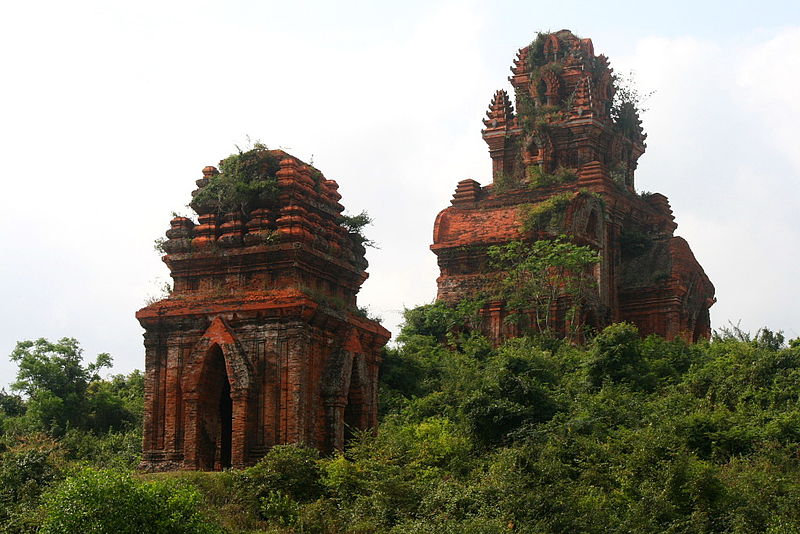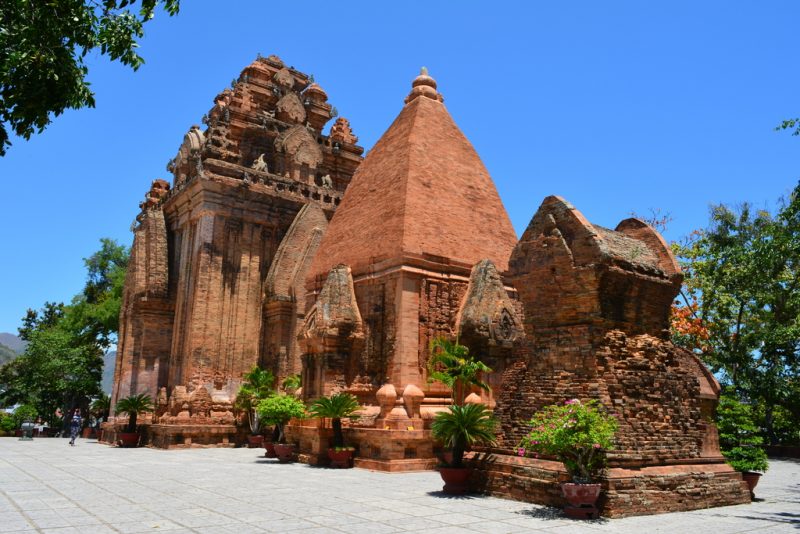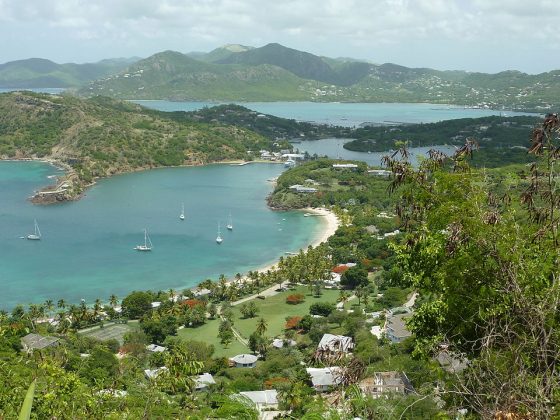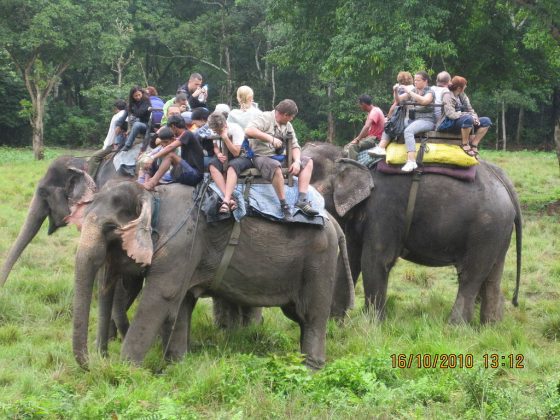The Champa Kingdom once flourished in Vietnam and is very much a part of the country’s history. Some of its ancient temple ruins can be still seen today and offer truly fascinating insights.
The Kingdom’s Rise
The Champa Kingdom was established in Vietnam in the 2nd century along the country’s eastern coast. It was heavily influenced by Hinduism and Tra Kieu is regarded as the Hindu Champa Kingdom’s first capital city; in Vietnam, train travel gives you a chance to see some historical Champa sites including the remains of the ramparts of Tra Kieu.
Architecture & Art
Architecture and art thrived in the Champa Kingdom with many temples being influenced by the Dravidian-style temple designs of India. Quy Nhon which can be accessed via scenic train rides offered by the likes of The Vietage provides an ideal base from which to see some of these sites; they include the Thap Doi Towers and Banh It Towers.

The Cham People
While the kingdom was known for its trade connections with important seaports, the “Chams” who were the people that resided here, engaged in various other trades and forms of livelihood. Apart from being skilled sculptors and temple builders, they engaged in fishing and farming as well.
Adopting Hinduism
Due to its trade connections with India, the Champa Kingdom subsequently adopted Hinduism and was influenced by Indian culture. This took place during the reign of King Bhadravarman I who also built the temples of the famed My Son Sanctuary which today is a UNESCO World Heritage Site.











